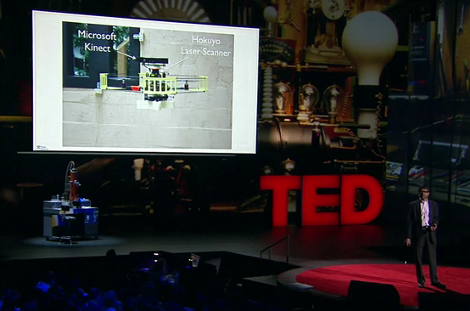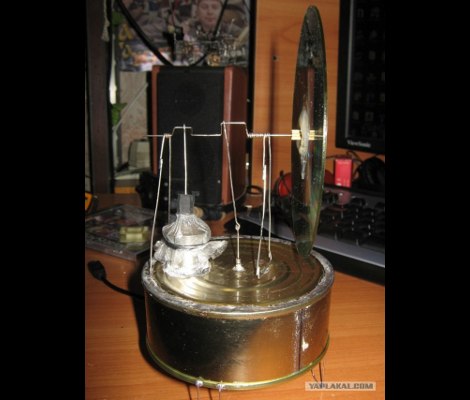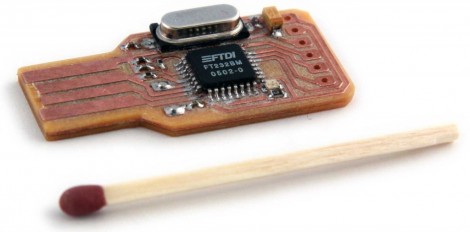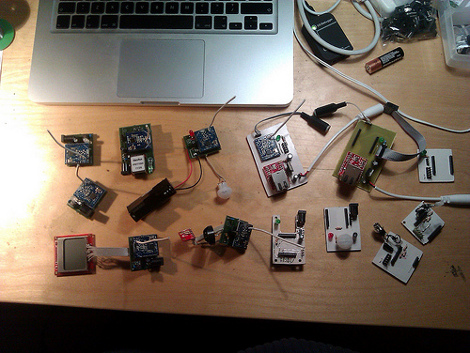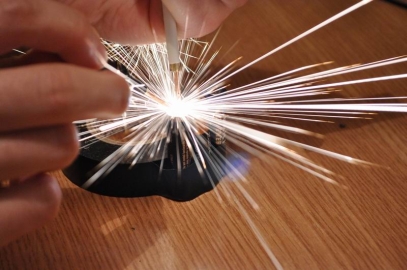Inspired by a recent Hackaday post [austin] decided to try his hand at steganography. Steganography, or ‘concealed writing’ has come a long way from ancient Greek slaves/couriers shaving their head, tattooing a message on their scalp, and regrowing their hair. We recently saw a music file masquerading as a picture of a kitten, but that method of hiding data required running a Ruby script. [austin] thought steganography would be a great way to hone his JavaScript skills, so he made an image encoder and decoder purely in JS and HTML.
Like the previous incarnation, [austin]’s work takes a regular .PNG image file and hides stuff in the pixel data. A few of the lower bits for each pixel are modified (three bits from the red and blue, two bits from the green – a good choice, the human eye is very sensitive to green) and a file is embedded inside the .PNG image.
For an example, [austin] embedded some stuff inside the xkcd comic underneath this post’s title. Even though the image is mostly white, we can’t see anything wrong with the colors. If you’d like to decode the message, [austin] put his encoder and decoder up on github. Feel free to take a shot at it.


